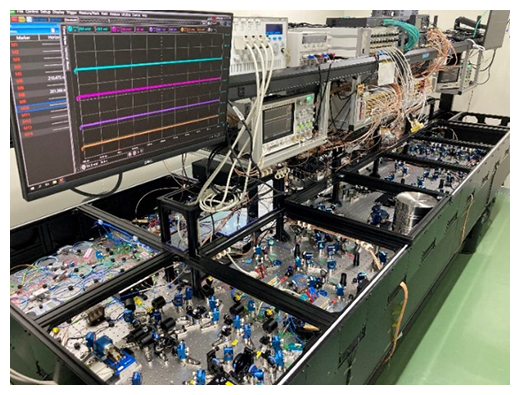2024-11-07 ペンシルベニア州立大学(PennState)
<関連情報>
- https://www.psu.edu/news/research/story/microplastics-impact-cloud-formation-likely-affecting-weather-and-climate
- https://pubs.acs.org/doi/10.1021/acsestair.4c00146
原始的なマイクロプラスチックと老化したマイクロプラスチックは、浸漬凍結によって氷を核生成することができる Pristine and Aged Microplastics Can Nucleate Ice through Immersion Freezing
Heidi L. Busse,Devaka Dharmapriya Ariyasena,Jessica Orris,Miriam Arak Freedman
ACS ES&T Air Published November 7, 2024
DOI:https://doi.org/10.1021/acsestair.4c00146
Abstract

Microplastics (MP) are ubiquitous in the environment; their atmospheric relevance is being increasingly recognized. Because of their atmospheric concentrations, there is the question of whether MP can act as ice nucleating particles in the atmosphere. This study investigates the immersion freezing activity of lab-prepared MP of four different compositions─low density polyethylene (LDPE), polypropylene (PP), poly(vinyl chloride) (PVC), and poly(ethylene terephthalate) (PET)─using droplet freezing assays. The MP are also exposed to ultraviolet light, ozone, sulfuric acid, and ammonium sulfate to mimic environmental aging of the plastics to elucidate the role that these processes play in the ice nucleating activity of MP. Results show that all studied MP act as immersion nuclei, and aging processes can modify this ice nucleating activity, leading, primarily, to decreases in ice nucleating activity for LDPE, PP, and PET. The ice nucleating activity of PVC generally increased following aging, which we attribute to a cleaning of chemical defects present on the surface of the stock material. Chemical changes were monitored with infrared spectroscopy (ATR-FTIR), and the growth of a peak at 1650–1800 cm–1 was associated with a decrease in ice nucleating activity while loss of an existing peak in that region was associated with an increase in ice nucleating activity. The studied MP have ice nucleating activities sufficient to be a non-negligible source of ice nucleating particles in the atmosphere if present in sufficiently high concentrations.



